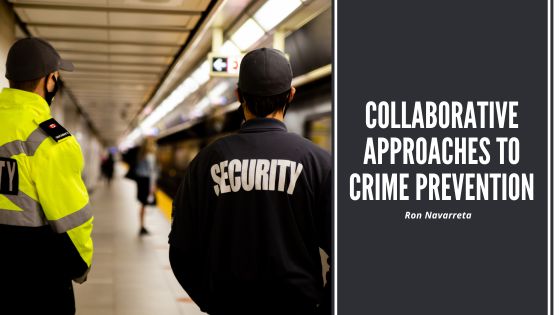Crime is a complex and persistent issue that affects communities around the world. To effectively address and prevent crime, collaboration between various stakeholders is essential. A collaborative approach to crime prevention brings together law enforcement, local government, community organizations, and residents to work collectively to reduce crime and improve neighborhood safety.
Understanding Collaborative Crime Prevention
Collaborative crime prevention involves a multifaceted approach to addressing the root causes of crime and creating a safer environment for all community members. It recognizes that crime is not solely a problem for law enforcement to solve but requires the engagement and participation of the entire community.
Critical Components of Collaborative Crime Prevention:
Community Policing
Community policing is a fundamental element of collaborative crime prevention. It encourages police officers to build positive relationships with the community, engage in open communication, and work together to identify and address crime and safety concerns. Officers become familiar with the community, making residents more comfortable reporting crimes and sharing information.
Public Awareness and Education
Collaborative crime prevention often includes public awareness campaigns and educational programs. These initiatives inform residents about crime risks, prevention strategies, and available resources. Knowledgeable and vigilant community members are better equipped to protect themselves and their neighborhoods.
Neighborhood Watch Programs
Neighborhood watch programs involve residents coming together to look out for one another and their surroundings. These programs can significantly reduce crime by creating a sense of community and fostering communication among neighbors. When residents are vigilant and report suspicious activities, they can deter criminals from targeting their area.
Social Services and Outreach
Collaborative crime prevention also addresses the root causes of crime by providing social services and support to individuals and families in need. This may include substance abuse treatment, mental health services, job training, and educational programs. By addressing the underlying issues contributing to criminal behavior, communities can reduce the likelihood of crime.
Restorative Justice
Restorative justice programs focus on repairing the harm caused by criminal behavior rather than punishing offenders. They unite victims, offenders, and the community to facilitate dialogue, restitution, and rehabilitation. Restorative justice holds offenders accountable and helps them reintegrate into the community as responsible citizens.
Data-Driven Decision Making
Collaborative crime prevention relies on the collection and analysis of crime data. Law enforcement, government agencies, and community organizations use this information to identify crime trends and hotspots. By understanding where and when crimes occur, they can allocate resources more effectively to prevent and respond to criminal activities.
Cross-Sector Partnerships
Collaboration between various sectors, including law enforcement, government, non-profit organizations, and residents, is vital to the success of crime prevention efforts. These partnerships allow for pooling resources, expertise, and community knowledge to develop and implement comprehensive strategies.
Benefits of Collaborative Crime Prevention:
- Enhanced Safety: Collaborative efforts create a stronger, more united front against crime, leading to safer communities.
- Empowered Communities: When residents are actively involved in crime prevention, they become more invested in the well-being of their neighborhoods.
- Improved Trust: Community policing and open communication between residents and law enforcement build trust and cooperation.
- Reduced Recidivism: Restorative justice and social services address the root causes of criminal behavior, reducing the likelihood of reoffending.
- Efficient Resource Allocation: Data-driven decision-making and cross-sector partnerships ensure that resources are used effectively to target high-crime areas.
Conclusion
Collaborative crime prevention recognizes that crime is a complex issue that requires multifaceted solutions. By bringing together law enforcement, government agencies, community organizations, and residents, communities can create a safer and more resilient environment. These collaborative efforts not only prevent crime but address its root causes and empower individuals to take an active role in their community’s safety.

